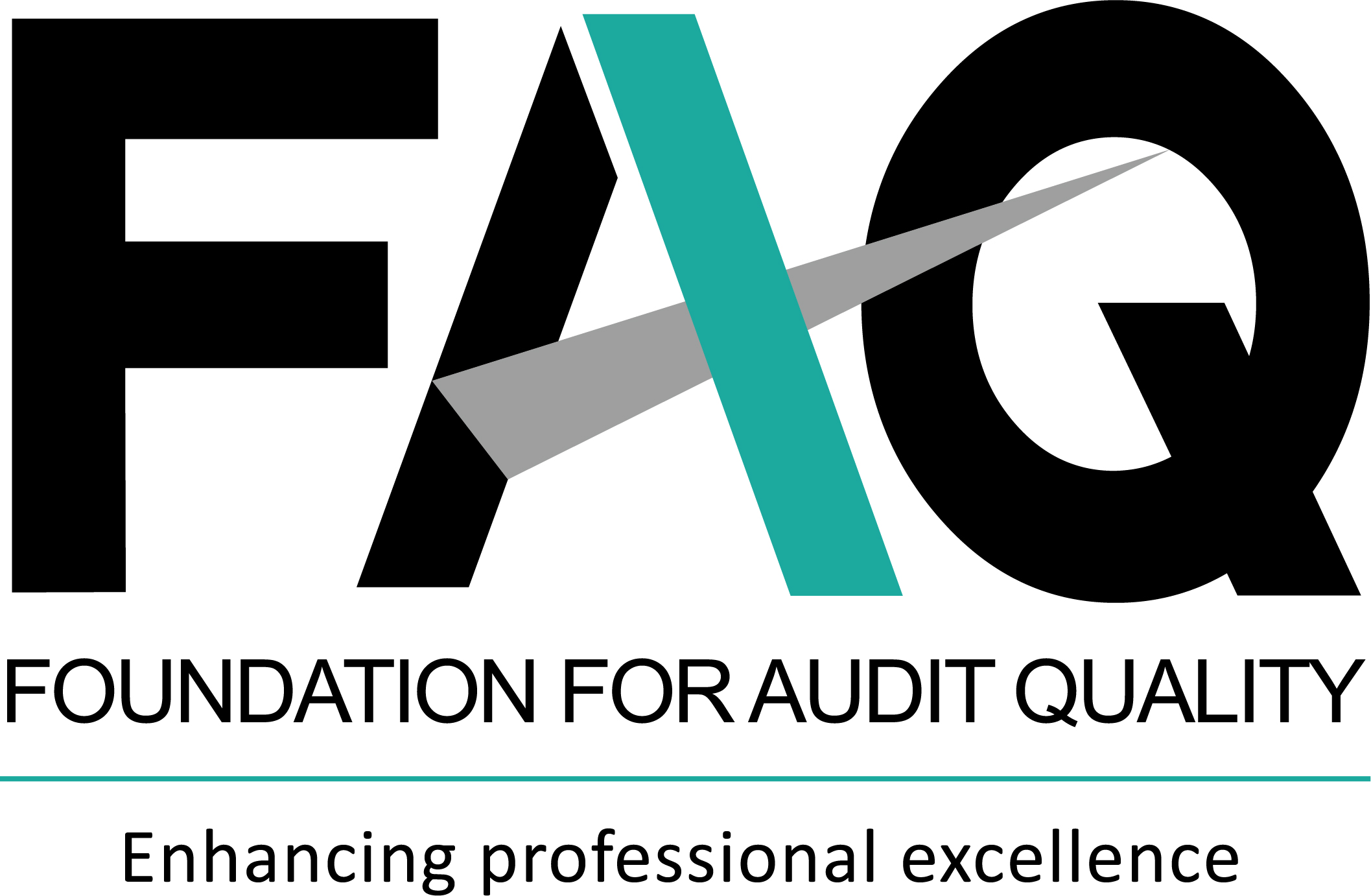The ICAI has released the following Implementation Guides (IG) on 15 January 2022:
-
Implementation Guide to SA 560, Subsequent Events: : The IG provides a brief introduction and an overview of SA 560, illustrative checklist of audit procedures to be followed by auditors while applying SA 560 as well as illustrative examples. It also provides guidance on various implementation challenges (issues) pertaining to SA 560 in the form of Frequently Asked Questions (FAQs). Some of the key implementation challenges discussed pertain to :
- Matters excluded : SA 560 does not deal with matters relating to the auditor’s responsibilities regarding ‘Other Information’, as specified in SA 720 (Revised), The Auditor’s Responsibilities Relating to Other Information. However, when the audited financial statements are included in other documents, subsequent to the issuance of the financial statements, these documents may bring to light a subsequent event that is within the scope of SA 560. The auditor may have additional responsibilities relating to such subsequent events, for example, performing additional audit procedures upto the date of the document.
- Facts which become known to the auditor after the date of the auditor’s report: The IG on SA 560 provides various scenarios where facts become known to the auditor after the auditor’s report but before the financial statements are issued, and in some cases, after the financial statements have been issued. The IG specifies the audit procedures required to be performed by an auditor in each of these scenarios.
- Exception for management from amending the financial statements pursuant to a subsequent event: In cases where the issuance of the financial statements for the succeeding period is imminent, management may not revise the previously issued financial statements which require amendment due to a subsequent event.
- Dual dating: Sometimes after completion of audit work, but before issuance of the audit report, a significant event comes to the audit team’s attention. In light of this, dual dating refers to dating the audit report on completion of audit work along with an additional later date for disclosure of the impact of a subsequent event. Its purpose is to provide a means of inserting important information in the financial statements, identified after audit work is complete and to inform users that the auditor takes full responsibility for all subsequent events only up to the end of audit work and for the specifically identified subsequent event. However, responsibility is not taken for other events that may have occurred after the end of audit work.
- Subsequent events impacted by any pandemic or unforeseen circumstances: An auditor determines the nature, timing and extent of audit procedures such that they are responsive to the auditor’s risk assessment. While undertaking audit procedures for subsequent events, including events impacted by a pandemic, the auditor considers management’s adjustments or disclosures including timelines used to distinguish between adjusting and non-adjusting events. It is also important to consider the effects of a pandemic as a factor in an entity’s analysis of estimates required in the financial statements, including, but not limited to, estimates related to expected credit loss, inventory obsolescence, impairment analyses, variable and contingent compensation, etc. Therefore, judgement needs to be applied to determine whether the conditions existed at the date of the financial statements.
- Factors to consider in a pandemic situation: The IG on SA 560 provides examples of events or conditions that may be affected by or exist as a result of a pandemic. This includes events involving unforeseen circumstances, and which may be relevant for the auditor in determining whether subsequent events have occurred and reflected in the financial statements (where applicable), such as, new commitments, borrowings, guarantees, invocation of force majeure clause, etc.
- Auditor’s responsibility where events of a pandemic become known after the date of the auditor’s report: The IG refers to para 10 of SA 560, which states that the auditor has no obligation to perform audit procedures regarding the financial statements after the date of the auditor’s report. However, additional audit procedures will be required when a fact becomes known to the auditor that, had it been known to the auditor at the date of the auditor’s report, may have caused the auditor to amend his/her report.
- Revocation of Unique Document Identification Number (UDIN) on amendment of audit report: When an auditor amends his/her audit report, the UDIN used for that audit report needs to be revoked in accordance with the FAQs on UDIN for practicing chartered accountants issued by ICAI. This revocation is required even if the management does not amend the financial statements.
- Subsequent events related to changes in Internal Financial Controls over Financial Reporting (IFCoFR): The auditor should inquire from management whether there were any changes in IFCoFR or factors that significantly impact IFCoFR, obtain written representations from management relating to such matters and consider implications, if any, on the audit report.
To access the text of ICAI notification on IG of SA 560, please click here
-
Implementation Guide to SA 210, Agreeing the Terms of Audit Engagements: The IG provides a brief introduction and overview of SA 210, as well as a few illustrative clauses that can be considered to be included in engagement letters. It also provides guidance on various implementation challenges (issues) pertaining to SA 210 in the form of Frequently Asked Questions (FAQs). Some of the key implementation challenges discussed pertain to:
-
Changes in the terms of audit engagement: Changes in the terms of audit engagements may be considered reasonable or unreasonable as under:
- I. Reasonable changes in terms: A few examples of the changes in the terms of audit engagement that can be considered reasonable include, change in circumstances leading to significant change in ownership, significant change in the nature of the business, change in legal or regulatory requirements, etc.
- II. Unreasonable changes in the terms: Changes in the terms of audit engagement that would be considered unreasonable include changes relating to information that is incorrect, incomplete or otherwise unsatisfactory. An example might be where the auditor is unable to obtain sufficient appropriate audit evidence regarding receivables and the entity asks for the audit engagement to be changed to a review engagement to avoid a qualified opinion or a disclaimer of opinion
-
Separate engagement letter for a component: In certain cases, the auditor of the parent entity may also be the auditor of the component. The IG provides factors to be considered for a separate engagement letter in such cases. The factors are as follows:
- . Who appoints the component auditor;
- . Whether a separate auditor’s report is to be issued on the component;
- . Legal requirements in relation to audit appointments;
- . Degree of ownership by parent; and
- . Degree of independence of the component management from the parent entity
- Engagement letter in case of a joint audit: Two or more auditors, that are appointed to conduct the audit jointly and report on the financial statements of the entity, should obtain a common engagement letter.
-
Changes in the terms of audit engagement: Changes in the terms of audit engagements may be considered reasonable or unreasonable as under:
To access the text of ICAI notification on IG of SA 210, please click here
Action Points for Auditors
- Auditors should refer to the FAQs and examples mentioned in the Implementation Guides to SA 560 and SA 210 while applying these SAs to their audit engagements
- The checklist provided by ICAI in the IG to SA 560 should be customised by auditors based on the specific requirements of the audit engagements and may be included as part of their audit documentation
- The IG to SA 560 also specifies various examples of events and conditions that may be affected as a result of any pandemic, which may be relevant for auditors to determine their possible impact on the financial statements. For example, new commitments, borrowings, etc. entered into by the auditee as a result of the pandemic.
- Illustrative clauses of engagement letters included in the IG to SA 210 may be inserted in the audit engagement letters drafted by auditors, depending upon the terms and conditions of the engagement.
The Ministry of Corporate Affairs (MCA) amended Schedule III of the Companies Act, 2013 on 24 March 2021. Schedule III provides general instructions for preparation of Financial Statements of a company classified under Division I (Indian GAAP ), Division II (Ind AS) and Division III (Ind AS for Non-Banking Financial Companies (NBFCs)).
The ICAI through an announcement dated 24 January 2022 has revised the Guidance Notes on Schedule III to the Companies Act, 2013 (GN) for entities covered in Division I, Division II and Division III of the Schedule III respectively. The changes in the GN have largely been made to align the guidance given in the GN with the corresponding changes made by the MCA in Schedule III and CARO 2020. some of the key guidance provided is in the annexure attached.
To refer the text of ICAI Guidance Note of the Schedule III Division I, please click here
To refer the text of ICAI Guidance Note of the Schedule III Division II, please click here
To refer the text of ICAI Guidance Note of the Schedule III Division III, please click here
Action Points for Auditors
Schedule III provides general instructions for preparation of financial statements of a company. The GN issued by ICAI provides broad guidelines to deal with practical issues that may arise in the implementation of the Schedule III. MCA brought corresponding amendments in Schedule III to CARO 2020 to align management responsibilities on disclosures under the Schedule III with those of the statutory auditors under CARO 2020.
